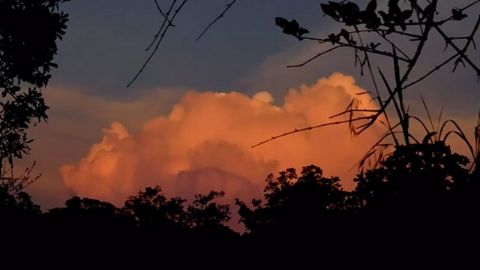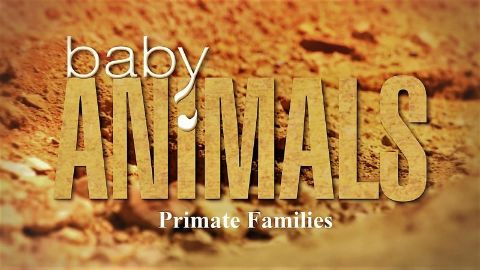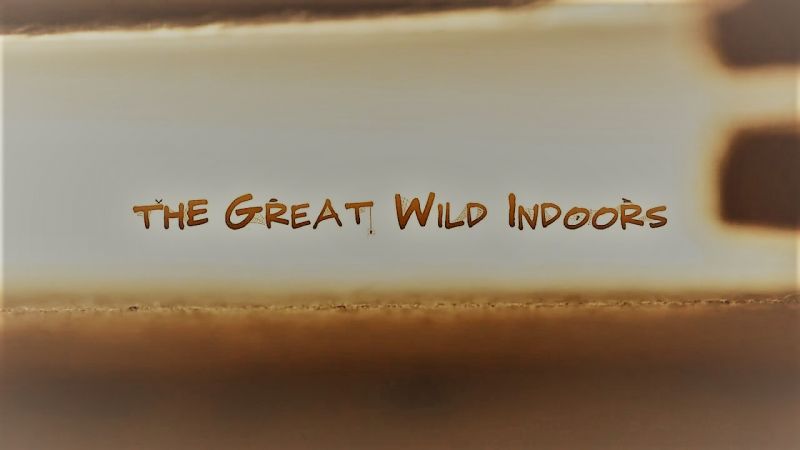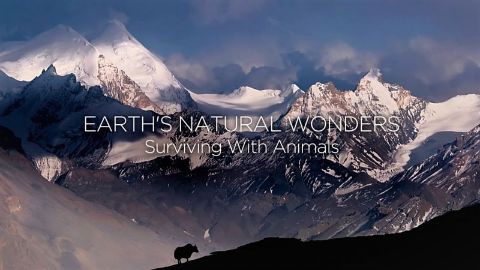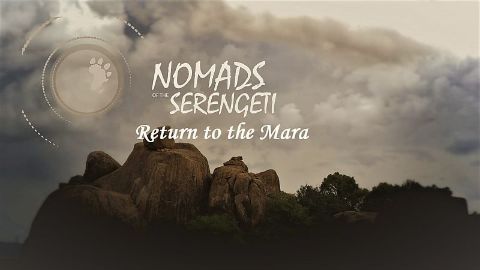Part 3 • 2013 • episode "S1E3" • Wild Burma: Nature's Lost Kingdom
For the last leg of their journey, the team search for the most iconic animal of them all, the tiger. To find it, they must split up. Wildlife camerawoman Justine Evans and the science team head to the tangled jungles of northern Burma, one of the largest swathes of unbroken forest in Southeast Asia. Wildlife cameraman Gordon Buchanan heads to the only other place in Burma where tigers may still exist, the far south. The forests of Karen State were once home to a thriving population of tigers, but this region has been isolated by war for over 60 years and little is known about the fate of the animals. The team must overcome intense physical hardship and tough field conditions to find the evidence they need to help preserve this unique and largely untouched wilderness. What they discover could change the future of Burma's forests forever.
Make a donation
Buy a brother a hot coffee? Or a cold beer?
Hope you're finding these documentaries fascinating and eye-opening. It's just me, working hard behind the scenes to bring you this enriching content.
Running and maintaining a website like this takes time and resources. That's why I'm reaching out to you. If you appreciate what I do and would like to support my efforts, would you consider "buying me a coffee"?
Donation addresses
BTC: bc1q8ldskxh4x9qnddhcrgcun8rtvddeldm2a07r2v
ETH: 0x5CCAAA1afc5c5D814129d99277dDb5A979672116
With your donation through , you can show your appreciation and help me keep this project going. Every contribution, no matter how small, makes a significant impact. It goes directly towards covering server costs.


